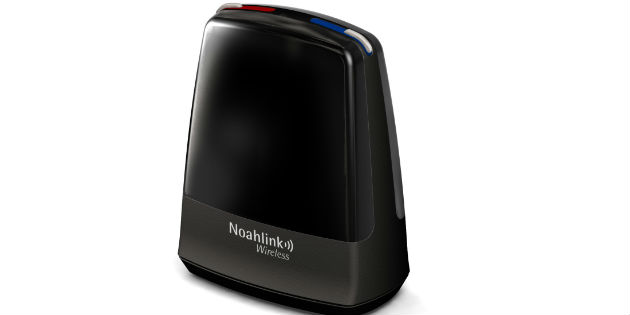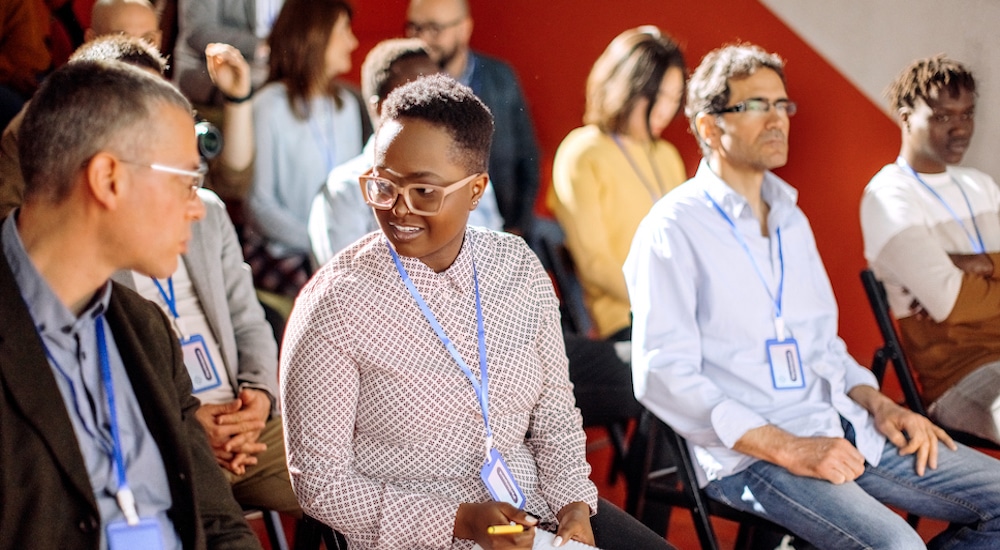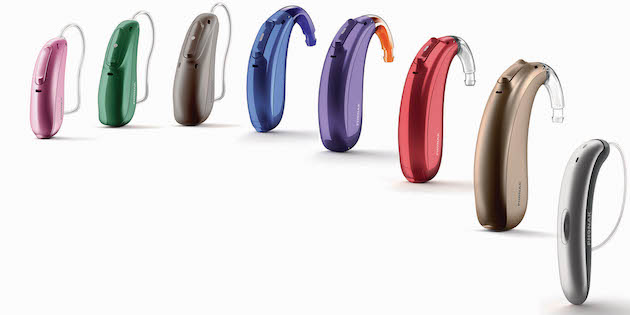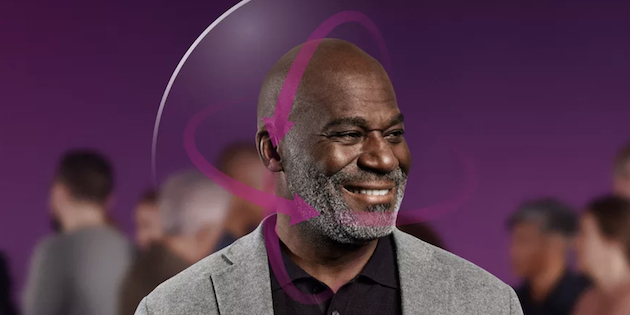Welcome to the Age of wireless programming
The promise of wireless hearing care for patients has been around for a while, tantalizing us in various forms and technologies.

Technologies such as Infrared and Bluetooth have made it possible for patients to have an increasing amount of control over their advanced hearing instruments. In recent years, we have also seen the introduction of apps, allowing patients even more control of their hearing in their daily lives.
However, it is with the Bluetooth Low Energy (BLE) standard, also known as Bluetooth Smart, that wireless hearing care has truly come of age.
BLE technology is small and continues to shrink, making it ideal for inclusion in today’s hearing instruments. And because BLE is low energy, it doesn’t drain batteries or heat up the instrument.
That’s why in the near future, several manufacturers will be releasing hearing instruments with BLE built in. With wireless BLE in hearing instruments, the number of streaming and communication options available to the patient could be virtually unlimited.
Preparing for the future
However, one challenge remains before releasing BLE on the hearing care industry: finding the best way for professionals to program BLE instruments. With built-in BLE technology available, it only makes sense to develop a programmer that communicates wirelessly with the hearing instrument.
Instead of developing their own proprietary BLE programmers, HIMSA member companies could see the benefit of creating a standardized programming interface solution, allowing professionals to use a single BLE programmer for all BLE hearing instruments.
That’s why for the last year, HIMSA has been working on our new solution – Noahlink Wireless.
Noahlink Wireless, released this fall, connects to your computer via a USB port. It can use BLE to connect wirelessly to hearing instruments from a wide variety of manufacturers. This means that in the coming months, manufacturers can start releasing their long-awaited BLE products and rely on Noahlink Wireless for their wireless programming.
Programming with benefits
One of the unseen benefits that BLE provides professionals is freedom of movement.
While the current NOAHlink programming interface, which has been on the market since 2003, provides wireless between the patient and computer, it is still necessary for the patient to wear the NOAHlink and in most cases use cables up to the hearing instrument.
However, for hearing instruments with built-in BLE, Noahlink Wireless can provide a fully wireless connection to the hearing instrument, allowing full freedom of movement and more comfort during the programming process.
Noahlink Wireless is also small and light, and since there are no programming cables, it much easier to take along for off-site patient visits.
When will BLE arrive?
Noahlink Wireless was released this fall, paving the way for more BLE instruments.
Manufacturers are holding their cards close to their vest. However, we expect that BLE devices from some manufacturers may already start appearing soon in some markets.
For more information, visit the HIMSA website.



